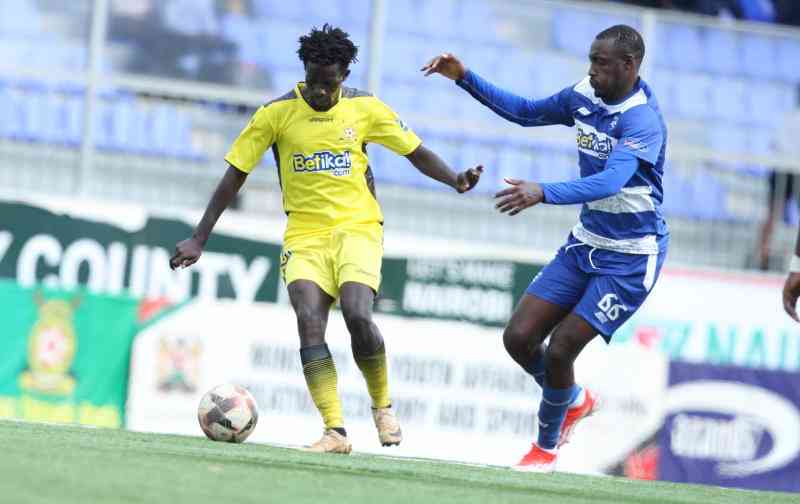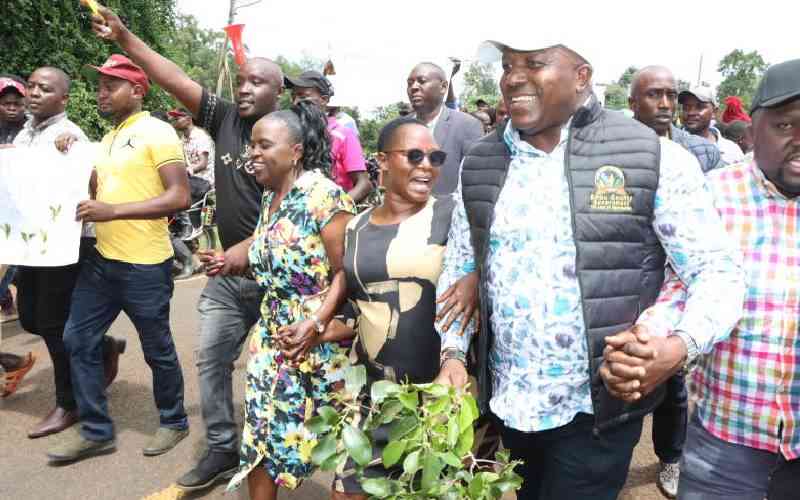ACLOBAN, SATURDAY
 |
|
People queue up hoping to be evacuated at the airport in Tacloban on November 16, 2013. [PHOTO: AFP] |
Survivors began rebuilding homes destroyed by one of the world’s most powerful typhoons and emergency supplies flowed into ravaged Philippine islands, as the United Nations more than doubled its estimate of people made homeless to nearly two million.
But the aid effort was still patchy, and bodies still lay uncollected as rescuers tried to evacuate stricken communities on Saturday, more than a week after Typhoon Haiyan killed at least 3,633 with tree-snapping winds and tsunami-like waves.
“We are very, very worried about millions of children,” U.N. Children’s Fund spokesman Marixie Mercado told reporters in Geneva. There are officially 1,179 people missing, according to the national count.
Survivors and officials in Tacloban, which bore the brunt of the storm, have said the death toll could be many thousands just in the city as more bodies are discovered every hour.
After long delays, hundreds of international aid workers set up makeshift hospitals and trucked in supplies on Saturday, while helicopters from a US aircraft carrier ferried medicine and water to remote, battered areas where some families have gone without food and clean water for days.
Aid flown in to Tacloban’s congested airport finally trickled into ravaged neighborhoods. Work crews and heavy equipment cleared debris from roadsides, but side streets remained piled with the sodden, tangled remains of homes.
In front of the San Fernando Elementary School, government workers distributed sacks of aid to a restless crowd of hundreds who had spent the last week camped in shattered wooden classrooms or in a main school building with floors covered in wet black sand. Nearby, about a dozen body bags were neatly lined up by the roadside.
Survivors living in the school said they had received little help since the deadly disaster.
Rica Mobilla, an 18-year-old mother of one, said local authorities showed up two days after the disaster, handing out four kilograms of rice and a few packs of noodles for her family of thirteen. The family stretched this out with onions and garlic bought from the market.
“For the first two days after Yolanda, we didn’t eat. After getting that packet, we eating once a day,” she said, using the Philippine name for Typhoon Haiyan.
President Benigno Aquino, caught off guard by the scale of the disaster, is scheduled to visit typhoon-affected areas on Sunday. He has been criticized for the slow pace of aid distribution and unclear estimates of casualties, especially in Tacloban, capital of hardest-hit Leyte province.
In Tacloban the death toll is written on a whiteboard at City Hall and bodies have been buried in mass graves since Thursday.
— Reuters
Stay informed. Subscribe to our newsletter
 The Standard Group Plc is a
multi-media organization with investments in media platforms spanning newspaper
print operations, television, radio broadcasting, digital and online services. The
Standard Group is recognized as a leading multi-media house in Kenya with a key
influence in matters of national and international interest.
The Standard Group Plc is a
multi-media organization with investments in media platforms spanning newspaper
print operations, television, radio broadcasting, digital and online services. The
Standard Group is recognized as a leading multi-media house in Kenya with a key
influence in matters of national and international interest.
 The Standard Group Plc is a
multi-media organization with investments in media platforms spanning newspaper
print operations, television, radio broadcasting, digital and online services. The
Standard Group is recognized as a leading multi-media house in Kenya with a key
influence in matters of national and international interest.
The Standard Group Plc is a
multi-media organization with investments in media platforms spanning newspaper
print operations, television, radio broadcasting, digital and online services. The
Standard Group is recognized as a leading multi-media house in Kenya with a key
influence in matters of national and international interest.






